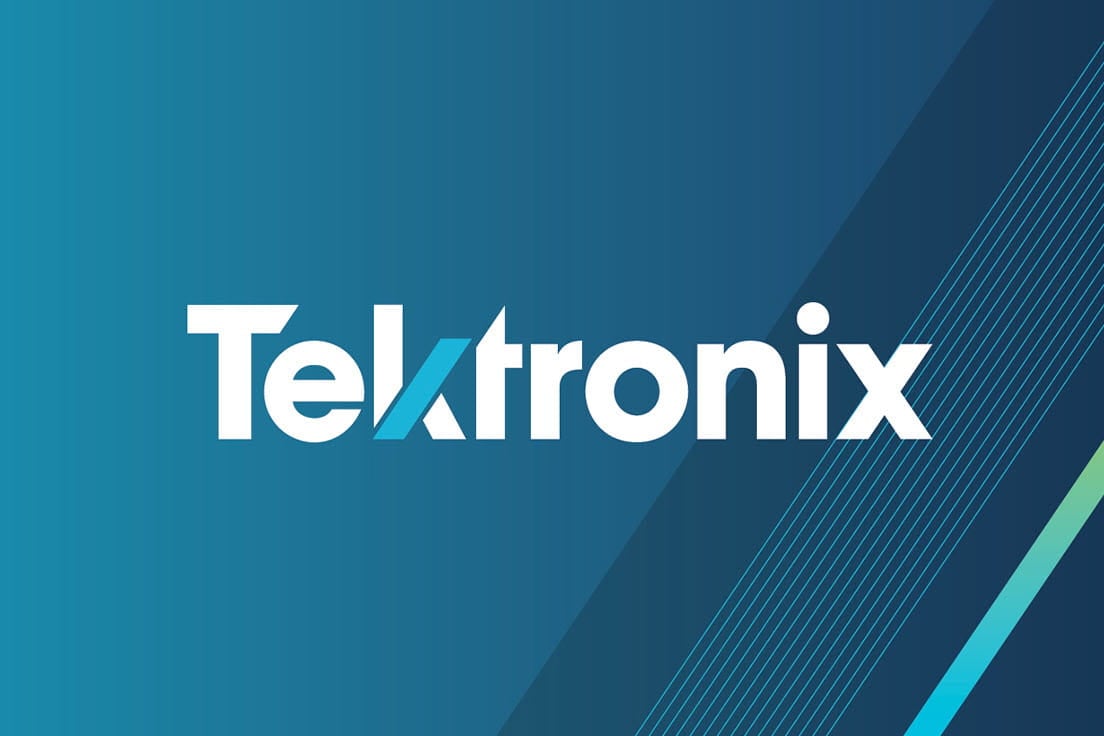

The traditional configuration of a well-equipped mid-range mixed signal oscilloscope (MSO), one that is readily available from a number of manufacturers, is 4 analog channels and 16 digital channels. Over the years, the 4+16 model has become the de facto standard configuration for MSOs.
But just because the oscilloscope industry more or less settled on 4+16, is it still the right configuration from a user perspective given the rapidly changing world of electronics and electronics system design?
While researching customer needs before launching the development effort that would ultimately become the new 5 Series MSO, it became apparent that the 4+16 was less than optimal for many embedded system engineers. Some wanted more of both analog and digital channels. Some wanted more analog but fewer digital, while wondering why they were paying for functionality they didn’t anticipate needing. And so it went – everyone had somewhat different needs. And their needs changed during the course of their projects.
With this research as the backdrop and the fact that embedded systems are becoming more complex, the FlexChannel™ architecture in the 5 Series MSO was born. For the uninitiated, the 5 Series MSO is available with 4, 6, or 8 inputs that work like any other analog input and accept the full range of TekVPI™ probes. However, replacing the analog probe with a TLP058 Logic Probe (which can be done of the fly) instantly converts any analog port to eight digital inputs as shown in the video below. Essentially, we’ve enabled customers to make configuration decisions themselves instead of us forcing a configuration on them.
The configuration flexibility afforded by FlexChannel inputs is undeniable. But engineers are no easy crowd, and a few folks online have wondered about the logic (pun intended) of having to give up an analog input in order to get logic inputs. Is this a valid concern? Let’s take a closer look – and why we think FlexChannel technology is a significant innovation that adds considerable value to your scope investment.
Bear in mind that when it comes to oscilloscopes, it’s important to think long-term. No one buys a scope and then discards it in a year or two when a better model comes along. As long as the scope has enough bandwidth, chances are you’re going to keep using it. From a long-term perspective, flexibility and easy upgrades are both very good things.
Head to head
Looking at initial buy-in how does a 5 Series MSO compare to a traditional 4+16? Matching this configuration means you will need to buy a 6-channel 5 Series and two TL058 probes. Let’s take a closer look at how this stacks up price-wise to competitive scopes, with the caveat that it can be very challenging to directly compare mid-range scopes feature by feature. But having said that, if we take the closest product family from each competitor and look at the bandwidths where both product families have an offering we get the following comparisons. In all cases, these compare a 6-channel 5 Series MSO with two digital probes vs a competitor’s 4+16 model.
- Keysight: The 5 Series MSO varies from 1% to 9% more expensive than the Keysight S-Series.
- LeCroy: The 5 Series MSO varies from 15% to 17% more expensive than the LeCroy HDO9000 Series.
- Rohde & Schwarz: The Tek 5 Series MSO varies from 7% to 10% more expensive than the R&S RTO Series.
So, as this analysis shows, the 5 Series is anywhere from 1% to 17% more expensive than a traditional 4+16 model. But here’s the thing: you’re actually getting 50% more scope with the 5 Series MSO. The value of those two additional analog channels cannot be overstated. That small price delta for the massive extra capability (not mention things like the industry’s largest 15.6-in HD touch display, low-noise 12-bit ADCs and much more that the others don’t have) makes the 5 Series MSO a clear bargain. And if you happen to be in the spot where you only have enough budget for the competitive product, you always have the option of buying our 6-channel product and then adding digital probes later on. And, in case you’re wondering, there are no 6-channel products available from any competitor.
But wait, there’s more
We’ve already covered the flexibility and value aspects of FlexChannel inputs, but that’s not the end of the story. With every MSO prior to the 5 Series, the user always had tradeoffs when it came to the performance of the digital channels compared to analog channels. Digital channels almost always had lower sample rates and/or shorter record lengths than analog channels. If you are trying to look across a broad set of system activity over a long-time period, the digital channels don’t do you much good if they don’t cover the same acquired timespan as the analog channels. In addition, when they are sampled at lower sample rates than the analog channels you get worse accuracy on timing measurements between channels.
Tektronix, along with the other scope manufacturers, have shipped the “same old MSO” capability for 20 years now. As times have changed, this has imposed real limitations and impacts our customers’ ability to actually use digital channels in a meaningful fashion. The 5 Series MSO is the first scope to provide a modern, capable, fully integrated digital channel solution that’s far more useful and flexible than anything on the market.
To learn more about using FlexChannel technology, please download the tech brief “Troubleshooting Multiple-bus Systems Using FlexChannel Input Channels.”




